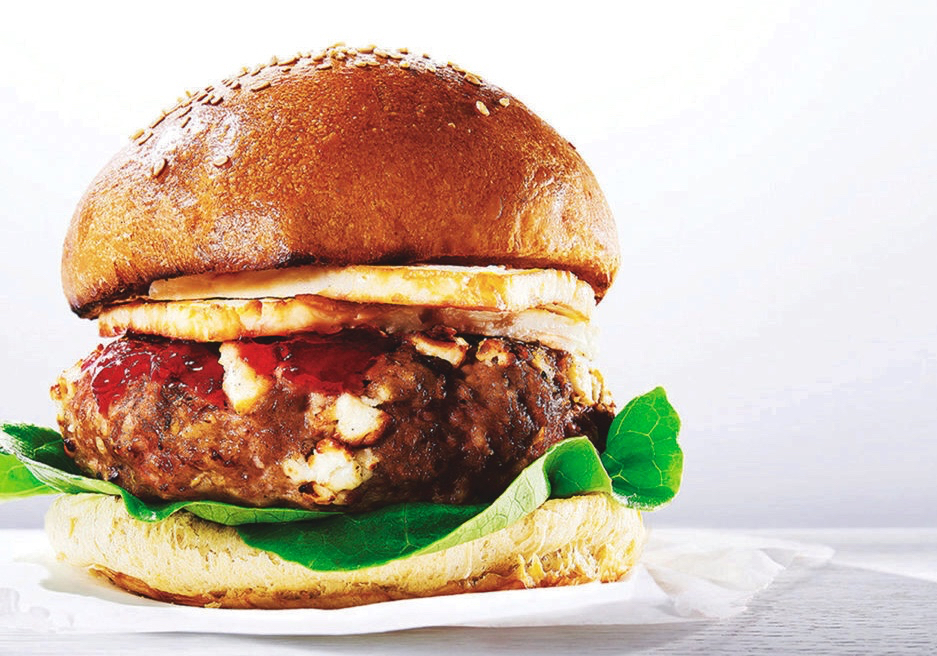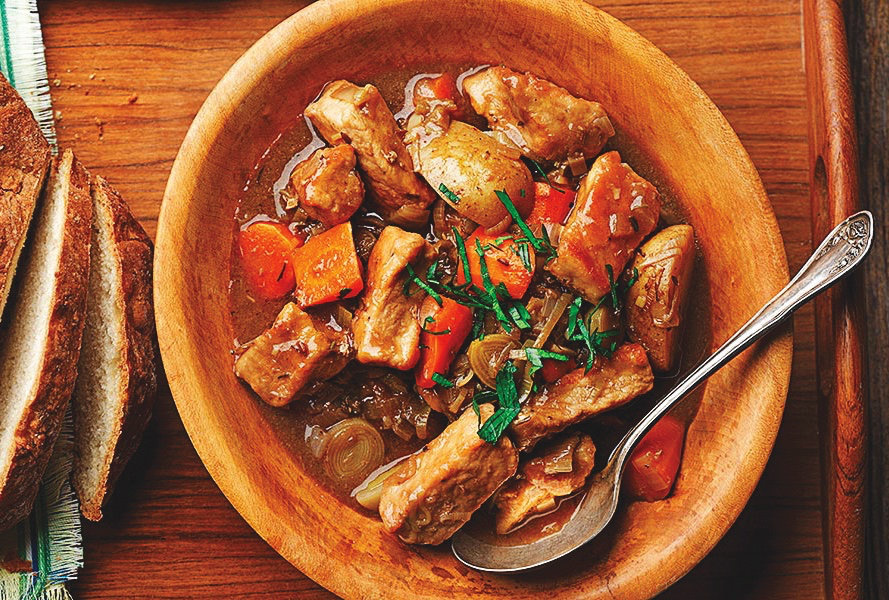Many of us eat more international foods than we imagine. Although we might think we are enjoying North American food, the recipes we prepare at home and the ones we choose in restaurants often are melting pots of world cuisine. What ethnic foods do you enjoy?
My family particularly enjoys food of Asian, European and South American origin. In the past couple of weeks, we had chicken stir-fry, pot stickers, egg rolls, lentil curry, Swedish meatballs, homemade pizza, spaghetti, tacos and quesadillas. We enjoyed various breads, including lefse, pita bread and tortillas. We also prepared cornbread and roasted root vegetables, which can be traced to early Native American culture.
Read Also

Your best (and easiest) holiday dainty tray
Make-ahead recipes, store-bought goodies and co-operation with friends and family: Here’s how to throw together a stunning, low-stress tray.
Consider trying some different recipes from other cultures this year. With an adventuresome and healthful approach to cooking, we can take our plates and our palates on a journey around the world without leaving home.
Many international menus are higher in fruits and vegetables. Enjoying more stir-fried vegetables, which is characteristic of Asian cuisine, can help us meet the goal of filling half of our plates with fruits and vegetables.
Fill one-fourth of your plate with lean proteins such as meat, poultry, seafood and plant-based proteins such as lentils and beans. Many other cultures incorporate more protein-rich plant foods such as lentils, chickpeas and dry beans. These fibre- and protein-rich legumes can stretch your protein food dollar when added to soups, stews and salads.
For example, mix minced garlic, lemon juice, red pepper and tahini (sesame seed paste) with mashed chickpeas and you have the tasty Middle Eastern dip known as hummus. Try white beans in an Italian vegetable soup with a base of diced tomatoes, chicken broth, oregano and basil.
Be sure to drain and rinse canned beans to reduce the sodium content by about 40 per cent. As another option, start with dry beans and invest the time in soaking and cooking them to make delicious, nutritious meals.
Fill the remaining one-fourth of your plate with grains, particularly whole grain foods. Try less familiar grains such as quinoa or bulgur mixed with parsley, olive oil, chopped tomatoes and cucumbers to make tabbouleh salad, a common dish in the Mediterranean region of the world.
More from the Manitoba Co-operator website: Recipe Swap: Slow down and fill up
Higher-calorie, higher-sodium foods from around the world can be “tamed” by substituting ingredients. Choose fat-free or reduced-fat dairy products in place of full-fat dairy. Dairy is the fifth food group that provides protein, calcium and many other nutrients, and yogurt is a staple ingredient in many cultures.
Try using more spice when you trim the amount of butter or salt in recipes. You can perk up the flavour of foods with chili powder, garlic, ginger, basil, oregano, curry or cilantro. To reduce sodium in any of your recipes, opt for reduced-sodium versions of broths and sauces such as soy sauce. Compare Nutrition Facts labels to learn more about your choices.














